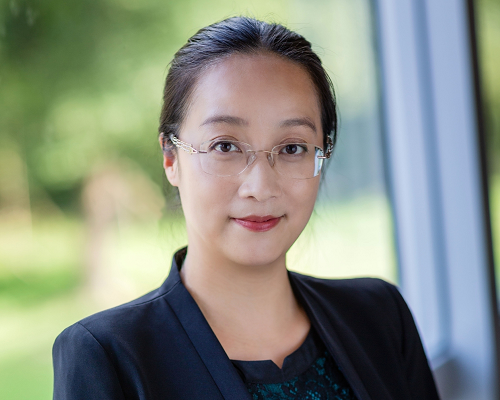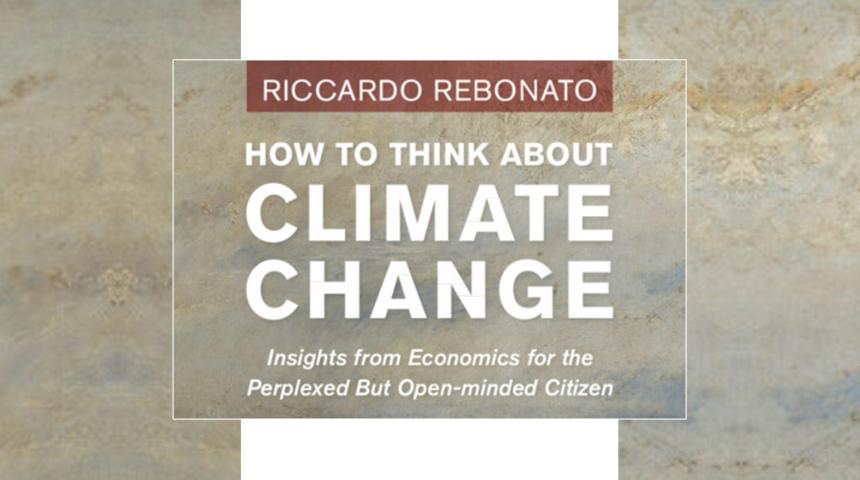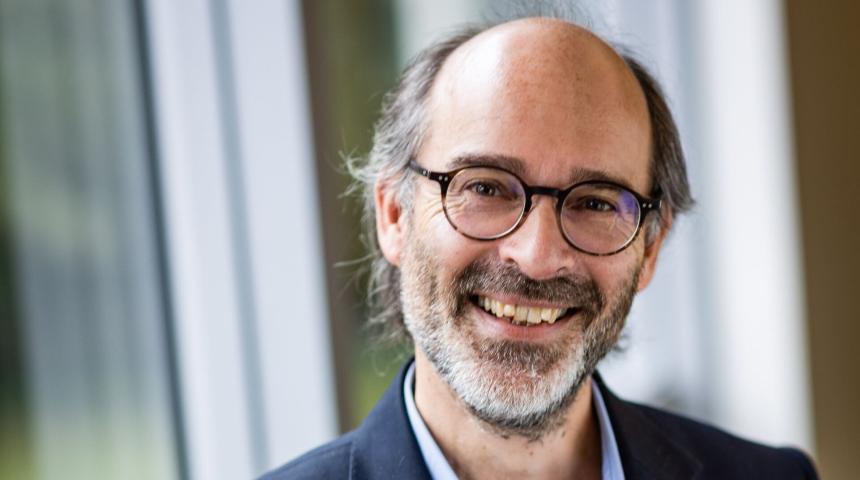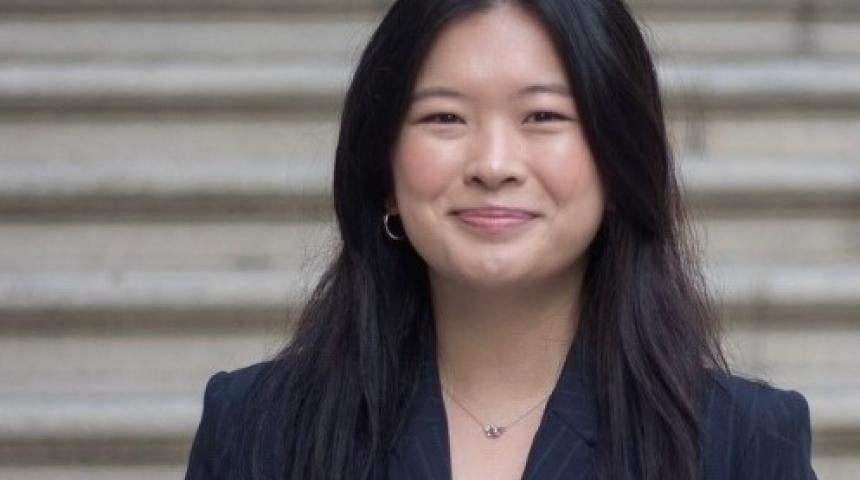Marketing — the power of being artistic, scientific and responsible
Hua Ariel Li is program director of EDHEC Business School’s MSc in Marketing Management. As a quantitative researcher, she is a strong advocate of data-driven marketing, but also a true believer in…

Hua Ariel Li is program director of EDHEC Business School’s MSc in Marketing Management. As a quantitative researcher, she is a strong advocate of data-driven marketing, but also a true believer in the power of creativity in marketing. She shares with us her vision of marketing and the program she heads.
What kind of student were you? What do you want your students to take away from your teaching?
I was very curious and always eager to learn. And I also loved challenges. I'm very open to new ideas and I strongly believe that lifelong learning is very important. This is something I want my students to embrace so that they develop a growth mindset. Things are changing very rapidly. In marketing, we have witnessed the arrival of new digital technologies, data analytics, artificial intelligence, machine learning, and so on … All have had a huge impact on the field of marketing. Students need to keep abreast of these new developments. They need to keep studying, learning, improving … This is my personal mantra. Keep learning!
Why this passion for marketing?
To me, marketing is a subtle blend of art and science. And I love both sides of it! The creative side is the artistic side of marketing. It creates engaging and compelling storytelling that resonates and connects emotionally with customers. And as a quantitative researcher, I love data! Today, we can delve into all the data we have to gain insights, and these can give us direction as marketers when it comes to decision-making, driving our creativity so that we can make an impact. Therefore, we need both art and science in marketing. And, I guess, this is what I love about it.
Name a professor who inspired you.
Lan Nguyen Chaplin, the Asian-American professor at the University of Illinois-Chicago, with whom I’m undertaking research on the topic of child and adolescent materialism. She has championed gender equality and racial diversity in the workplace. As a Chinese working woman in France, I can relate to both.
How would you define your teaching style?
I practice action learning in my class. I encourage learning by doing. In all my courses, I encourage a very hands-on approach for the students, so that they learn about the theory, they learn about the tools and the techniques, and they apply them to real-world cases and projects. A theory is only good when it can be widely applied.
In my class, I also make sure students are in a supportive and inclusive learning environment so that each student can achieve growth, both in terms of their knowledge and skillset. I want my students to acquire more than just content knowledge from my class. I want them to be equipped with skills, such as problem-solving, critical thinking, creativity, and communication. Content knowledge can easily become outdated, whereas skills like these enable students to become agile leaders in the fast-changing business world.
What can you tell us about your fields of research?
I conduct research in the areas of consumer socialisation and information processing, with an emphasis on cultural, ethical, and public policy issues. Currently, I’m working on two multi-country projects. One is on information processing and privacy concerns in the digital world. The other is on adolescent materialism, media usage, and wellbeing.
For the project on information privacy concerns, my co-authors and I collected data from thousands of consumers in 14 countries on their attitudes to and behavior with regard to disclosing personal information to retailers. A paper based on the study was recently published in the Journal of Retailing. We found that the relationship between consumers’ privacy concerns and their willingness to disclose personal information to retailers was more complex than purely negative. Consumer privacy decisions are influenced by what we call “the multilevel trusting surroundings” of individuals. That is, whether a consumer decides to share his/her personal information with a specific retailer or not depends on multiple degrees of consumer trust, including trust in the retailer, in the retailer’s personnel, and in the retailer’s country of residence (business and governmental regulations in general).
There are important implications to this finding. It explains the privacy paradox – a phenomenon long observed in privacy literature, namely, that consumers claim to be concerned about their privacy, but still – seemingly carelessly – share their personal information online. It’s a paradox because of this discrepancy between attitude (what they say) and behavior (what they do). Our findings indicate that trust plays a major role in consumers’ privacy decisions and show that trust can outweigh people’s concerns over privacy. Most importantly, the trust involved here is a system of trust, at both the micro and macro levels, rather than a one-dimensional notion. Therefore, if retailers want to capitalise on the use of customer data, we would underscore the importance of building and maintaining customer trust. Moreover, building and maintaining trust should be an endeavor of the whole ecosystem, involving actors from a multitude of levels, including retail personnel, retailers themselves, industrial trade associations, and government regulatory bodies.
The other multi-country project I’m involved in is on consumer socialisation. Studying consumer socialisation allows us to understand the process by which children acquire skills, knowledge, and attitudes relevant to their functioning as consumers in the marketplace. Together with a team of prominent researchers in the field, we have collected data on adolescents’ media usage, attitudes to advertising and levels of materialism, self-esteem, school performance, peer support, parental support, wellbeing, etc. It's a very big study, involving thousands of teenagers, aged 11 to 14, from different socioeconomic backgrounds in seven different countries. We started it back in 2015 and only finished collecting the data at the end of 2018. We are now analysing the data. So far, we have published a chapter of a book and an article based on the study, and have more studies to develop.
I want to carry out research that has a real and positive impact. In this project, we want to know the factors influencing children's level of materialism. We know that media exposure, TV viewing time and social media are associated with materialism levels, but current literature on the topic is not very clear: we don’t know what causes what. Is it that more media exposure leads to higher materialism levels in kids or the other way round? Could it be those very materialist kids are inclined to watch more television and enjoy more advertising? We are trying to unravel this issue.
We hypothesize that there might be a perpetuating cycle – a vicious cycle if you will. Exposure to advertising via television and/or other media will lead to higher materialism levels, which will, in turn, enhance the enjoyment of advertising, leading to greater levels of media exposure. We are now running experiments to tease out the underlying process. The next step in our research will focus on the interventions necessary to break this vicious cycle. We are now studying the role of parental and peer support and looking at the underlying mechanism of this vicious cycle.
Previous research found that materialism is a negative force in the lives of young people and that materialism levels in kids change with age. It peaks at age 13, in the early adolescent period, before declining. We want to learn more about this sudden peak. In one of my ongoing studies, my co-authors and I are trying to explain this from a motivational perspective. Adolescence is a key period of identity development. During this period, the conflict between two fundamental human motivations becomes extremely salient: the need for differentiation and the need for assimilation.
Drawing on Brewer’s theory of optimal distinctiveness, we examine how teenagers’ attitudes to advertising are shaped by their adherence to materialistic values and the interplay between the need for assimilation and the need for differentiation. The preliminary results indicate that adolescents who have highly conflicting needs – that is, those who are eager to stand out and fit in at the same time – are more vulnerable to the influence of advertising. They perceive advertising as more trustworthy and more enjoyable to watch and are thereby more influenced by advertising. This makes them more likely to maintain materialist values.
These findings have important implications for public policy and regulation on advertising to kids. For decades, public policymakers have focused their efforts primarily on protecting younger children from advertising. Much legislation has been introduced to restrict advertising targeted at children aged eight years and younger. This demarcation of eight years old is based on Piaget’s theory of cognitive development, which would suggest that by the age of eight, children have the cognitive ability to differentiate advertising from other media content and understand the persuasive intent of advertising (that is, that advertising is there to sell you something.) In other words, children aged eight years and older are believed to be cognitively ready to shield themselves from the influence of advertising. Our results imply that being cognitively ready doesn’t necessarily mean that the children are no longer vulnerable to advertising; being motivationally ready is also very important.
As the new director of the MSc in Marketing Management, what do you expect from your students?
As I mentioned, I believe marketing is a subtle blend of art and science. I want students to know how to use the latest technologies and tools to make use of the data available, be able to draw insights from the data, and to use those insights to guide the creative effort to have a positive impact. On completing the program, I want them to achieve the right balance between soft and hard skills. I wanted them to be responsible marketers, paying attention to the triple bottom line – people, planet, and profit – rather than just profit maximisation, so that they can have a positive social and environmental impact while driving business growth.
What is your favorite book on marketing, a must-read for students?
There are two, actually. The first one is Predictably irrational by Dan Ariely from Duke University. It’s about biases in consumer decision-making. The second is Nudge by Richard Thaler and Cass Sunstein.
What is your attachment to France?
France is my second home. I have been here for many years now. In France, I got my PhD, I started my career. My children were born here.
You have also created Cc Lab in China. What can you tell us about it?
It's a non-profit organisation, created in partnership with a friend from my university in China. She owns three activity centres, providing extracurricular courses for kids aged 5 to 12 in Shenzhen. The two Cs stand for curiosity and creativity. Curiosity raises the power of creativity. We design and provide innovative pedagogical programs for K-12 education in China. By creating this organisation, I’ve practiced action learning of my own. This entrepreneurship experience has allowed me to gain first-hand insights into what skills and knowledge are needed in the current business world and what should be taught in business classes.




